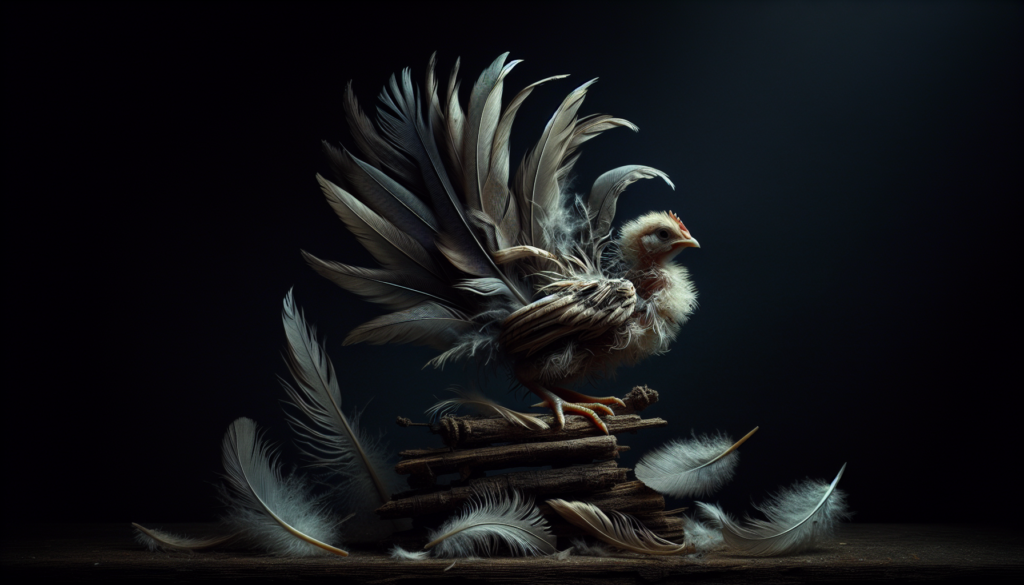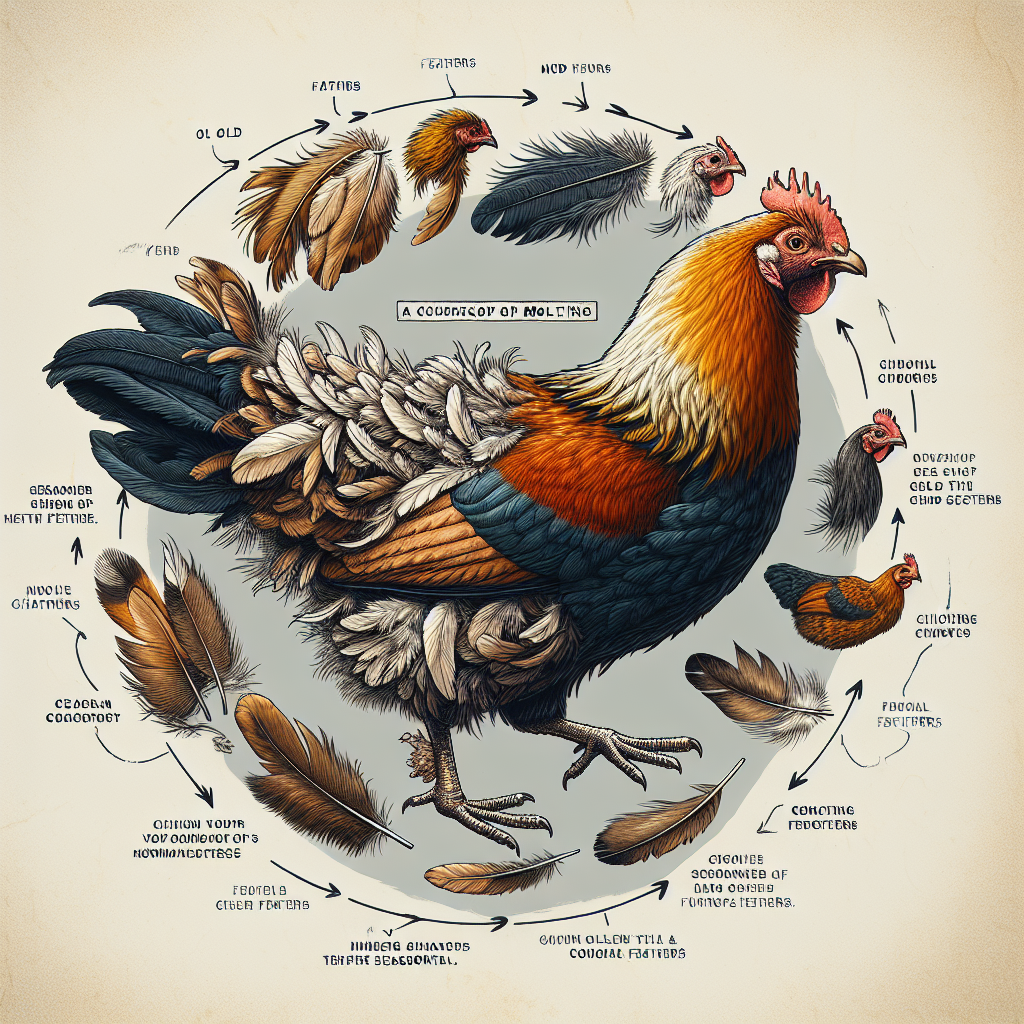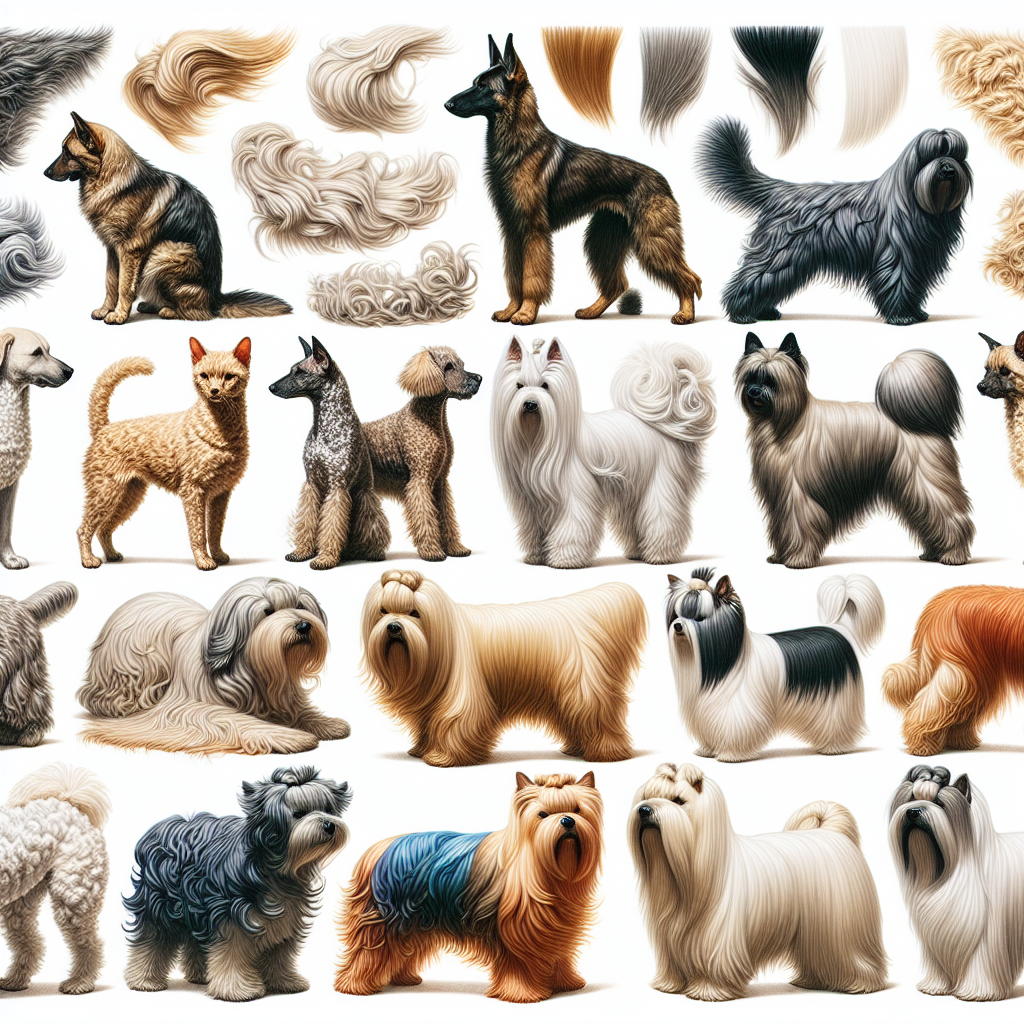Have you ever wondered how long the molting process typically lasts for chickens? Well, in this article, we will explore the duration of this natural and necessary process that chickens go through. Molting is when chickens shed and regrow their feathers, and it plays a crucial role in their overall health and well-being. So, let’s shed some light on this fascinating phenomenon and discover how long it usually takes for chickens to complete their molting journey.
Definition of Molting
Molting, also known as moulting, is a natural process where chickens shed their old feathers and grow new ones. It is an essential part of their life cycle, necessary for maintaining healthy feathers and overall well-being. During molting, the chicken’s appearance and behavior may change, as they go through a series of stages and adjustments.
Definition of Molting in Chickens
Molting in chickens refers to the shedding of old feathers and replacing them with new ones. This process happens periodically throughout their lives, usually once a year. It is a vital part of a chicken’s growth and maintenance, ensuring that their feathers remain in optimal condition.
When Do Chickens Molt
Chickens typically molt during the autumn season. As the days become shorter and temperatures start to drop, chickens instinctively prepare for the winter months by shedding their old feathers. The molt process usually begins around six to eight months after hatching, and it continues throughout their lives annually.
Stages of Molting
Molting occurs in different stages, each with its distinct characteristics. Understanding these stages can help chicken owners identify where their chickens are in the molting process and provide appropriate care.
Problems That Chickens Face During Molting
During molting, chickens may experience various difficulties. One common issue is feather pecking, where chickens may resort to pecking at each other’s feathers. This behavior can lead to feather loss, skin damage, and even infections. Additionally, chickens may face challenges with temperature regulation, as the loss of feathers can make them more susceptible to cold weather.
Identifying the Molt Stages
There are three main stages of molting: pre-molt, molt, and post-molt. The pre-molt stage is characterized by a decrease in egg production, followed by feather loss during the molt stage. Finally, in the post-molt stage, the chicken regrows its feathers and resumes normal behavior.
Duration of Each Molt Stage
The duration of each molt stage can vary from chicken to chicken. The pre-molt stage typically lasts two to six weeks, during which the chicken’s egg production decreases. The molt stage, where feather loss occurs, may span two to four weeks. Finally, the post-molt stage, where new feathers grow, lasts around six to eight weeks. These durations can be influenced by various factors such as breed, age, and environmental conditions.
Factors Influencing Molting Duration
Several factors can contribute to the duration of a chicken’s molt. Understanding these factors can help chicken owners anticipate the molting process and provide necessary care accordingly.
Breed of the Chicken
Different chicken breeds molt at different rates. Some breeds may molt earlier or later in the year, while others may have longer or shorter molting periods. Researching the specific breed of your chickens will give you insight into their molting behavior and how long you can expect the process to last.
Age of the Chicken
Age can also affect the duration of molting. Younger chickens may go through quicker molting cycles, while older chickens may have a more prolonged molt. As chickens age, their molting patterns may change, potentially lengthening the time it takes to complete the molt cycle.
Environmental Factors
Environmental factors, such as light exposure and temperature, can impact the timing and duration of molting. Chickens rely on the changing seasons to initiate the molt process. Cooler temperatures and shorter daylight hours signal to their bodies that it’s time to shed their feathers and grow new ones. Additionally, providing a stress-free and comfortable environment for chickens can help promote a smoother molt process.
Physical Changes During Molting
Molting brings about noticeable physical changes in chickens. Understanding these changes can help chicken owners provide appropriate care and monitor their bird’s health during the molt.
Loss of Feathers
One of the most significant physical changes during molting is the loss of feathers. Chickens may lose feathers gradually or in clumps, depending on their molting pattern. It’s essential to ensure that chickens have a safe and secure environment during this time to prevent aggressive feather pecking from other birds.
New Feather Growth
As the molt progresses, chickens will begin to grow new feathers to replace the ones they have shed. This process may occur gradually, with feathers regrowing in patches across their bodies. Providing a balanced diet rich in protein, amino acids, and essential nutrients will support healthy feather growth during this stage.
Changes in Appearance
During molting, chickens may appear scruffy and disheveled due to the loss of feathers. Their normally vibrant coloring can appear dull, and their combs and wattles may become pale or shrink in size. These changes are temporary and should return to normal once the molt process is complete.
Behavioral Changes During Molting
Molting not only affects a chicken’s physical appearance but also influences their behavior. Understanding these behavioral changes can help chicken owners provide the necessary support and care during this period.
Reduced Egg Production
A significant behavioral change during molting is a decrease in egg production. Chickens divert their energy and resources towards growing new feathers, resulting in a temporary halt in egg-laying. It is important to monitor the chicken’s diet to ensure they receive the necessary nutrients while their bodies focus on feather growth.
Decreased Appetite
During molting, chickens may experience a decrease in appetite. The energy required for feather growth can impact their desire to eat, leading to reduced food consumption. Providing a nutrient-rich diet and offering smaller, more frequent meals can encourage chickens to maintain proper nutrition during this period.
Social Hierarchy Changes
Molting can disrupt the established social hierarchy within a flock. Chickens may experience changes in their pecking order as new feathers grow in and previously dominant birds become more vulnerable due to feather loss. Providing ample space and resources can help minimize stress and potential conflicts among the flock.
Health Concerns During Molting
Molting chickens have specific health needs that require attention. Addressing these concerns ensures that chickens remain healthy and recover efficiently during the molting process.
Nutritional Needs
A balanced and nutritious diet is crucial for chickens during molting. Feeding them a high-quality layer feed rich in protein, vitamins, and minerals can support feather growth and overall health. Supplementing their diet with treats such as mealworms, sunflower seeds, or fresh fruits and vegetables can provide additional nutrients to aid in the molting process.
Parasite Control
Molting chickens are often more susceptible to infestations by external parasites, such as mites and lice. These parasites can worsen the discomfort caused by molting and affect the chicken’s overall health. Regularly inspecting chickens for signs of parasites and implementing appropriate control measures, such as dusting or spraying with suitable products, is essential.
Stress Management
Molting can be a stressful time for chickens due to changes in their physical appearance, behavior, and social dynamics. Providing a calm and stress-free environment can support their overall well-being. Minimizing disturbances, maintaining a clean coop, and ensuring adequate ventilation and space can all contribute to reducing stress during molting.
Promoting a Healthy Molting Process
Ensuring that chickens have the resources they need during molting can enhance the overall molt experience and promote successful feather regrowth.
Balanced Diet
Providing chickens with a balanced diet is crucial during molting. A diet rich in protein, amino acids, vitamins, and minerals is essential for feather growth. Including a layer feed specifically formulated for molting chickens can help meet their nutritional requirements and support healthy feather regrowth.
Supplements and Treats
Supplements and treats can provide an extra boost of nutrition during molting. Mealworms, black soldier fly larvae, and other high-protein treats can help meet the increased nutritional demands during this time. Additionally, adding nutritional supplements, such as omega-3 fatty acids or brewer’s yeast, to their diet can support feather quality and overall health.
Optimal Living Conditions
Maintaining optimal living conditions for chickens is crucial during molting. A clean and well-ventilated coop, with ample space for chickens to move around freely, can reduce stress and minimize health risks. Providing a comfortable nesting area and ensuring that chickens have access to fresh water and proper lighting are also vital for a healthy molt process.
Supporting Chickens During Molting
Extra care and attention during the molting process can help ensure that chickens remain healthy and recover smoothly.
Monitoring Weight and Body Condition
Regularly monitoring a chicken’s weight and body condition during molting can provide valuable insights into their health. Weighing individuals or tracking their body condition can help identify any drastic weight changes or potential health issues that may arise during molt. Prompt intervention and adjustments to diet and care can prevent complications.
Minimizing Stress
Minimizing stress during molt is crucial for a successful molt process. Frequent disturbances, loud noises, or sudden changes in the environment can cause unnecessary stress, affecting a chicken’s overall health and feather regrowth. Implementing quiet and calm routines, providing hiding spots, and maintaining a consistent daily schedule can help minimize stress levels during molting.
Protecting Exposed Skin
During molting, chickens may have exposed areas of skin where feathers have been shed. These areas are more susceptible to injury, sunburn, or parasite infestation. Applying petroleum jelly or using specialized poultry creams can help protect the exposed skin from these potential risks. Regularly inspecting the skin for any signs of irritation or injury is essential.
Commonly Asked Questions About Molting
Do All Chickens Molt?
Yes, all chickens molt at some point in their lives. Molting is a natural physiological process that occurs annually for most breeds. However, the timing and duration of molting can vary among individuals and breeds.
How Often Do Chickens Molt?
Chickens typically molt once a year. The exact timing and duration may vary depending on factors such as breed, age, and environmental conditions. Younger chickens may go through more frequent molting cycles, while older chickens may molt less frequently.
Can Molting Be Prevented or Delayed?
Molting is a natural and necessary process for chickens, and it cannot be prevented or delayed indefinitely. However, certain factors, such as supplemental lighting or a consistent diet rich in protein, can influence the timing and duration of molting. Consulting with poultry experts or experienced chicken owners can provide additional insights and strategies to manage molting.
Conclusion
Molting is an essential and natural process that chickens go through, where they shed their old feathers and grow new ones. Understanding the stages, factors influencing duration, physical and behavioral changes, and health concerns during molting is crucial for providing the necessary care and support for chickens. By promoting a healthy molt process, monitoring their well-being, and addressing specific needs, chicken owners can ensure that their feathered friends transition smoothly and maintain optimal health throughout the molt. Proper care during molting contributes to the overall well-being of chickens and supports their ability to lay abundant eggs and thrive in their environment.




